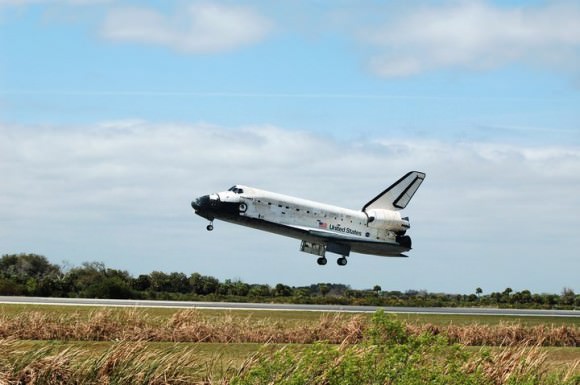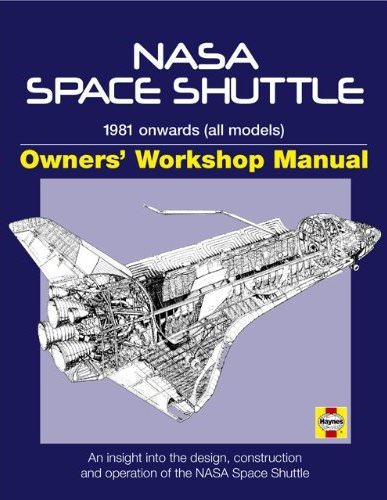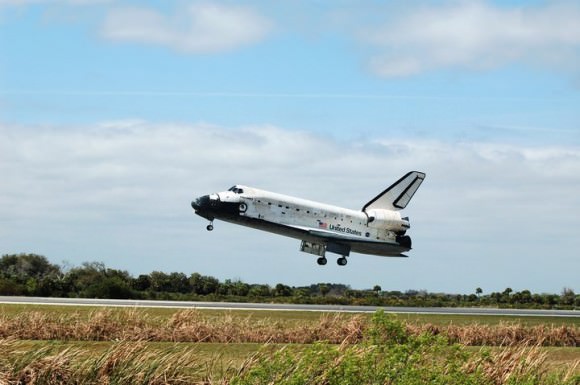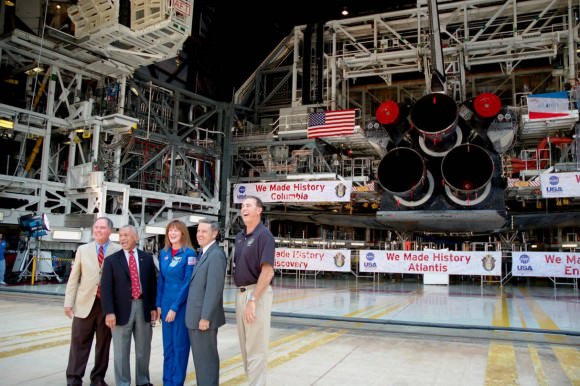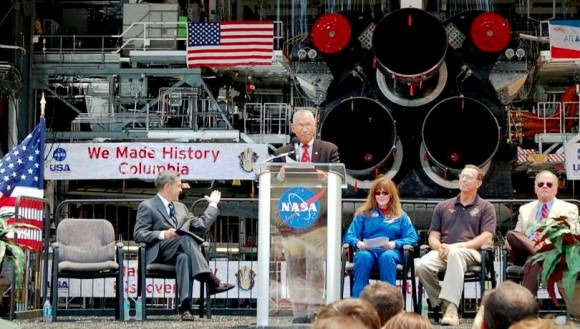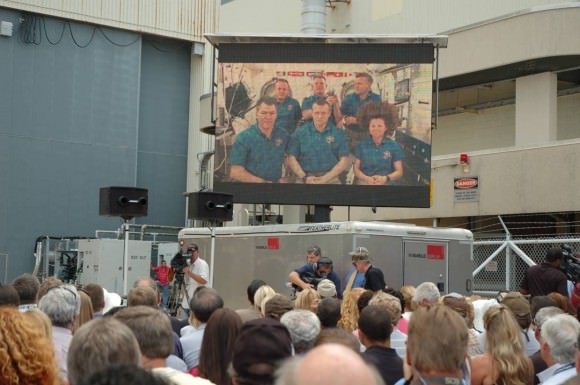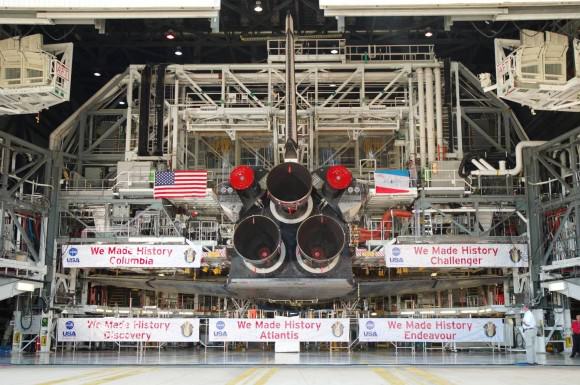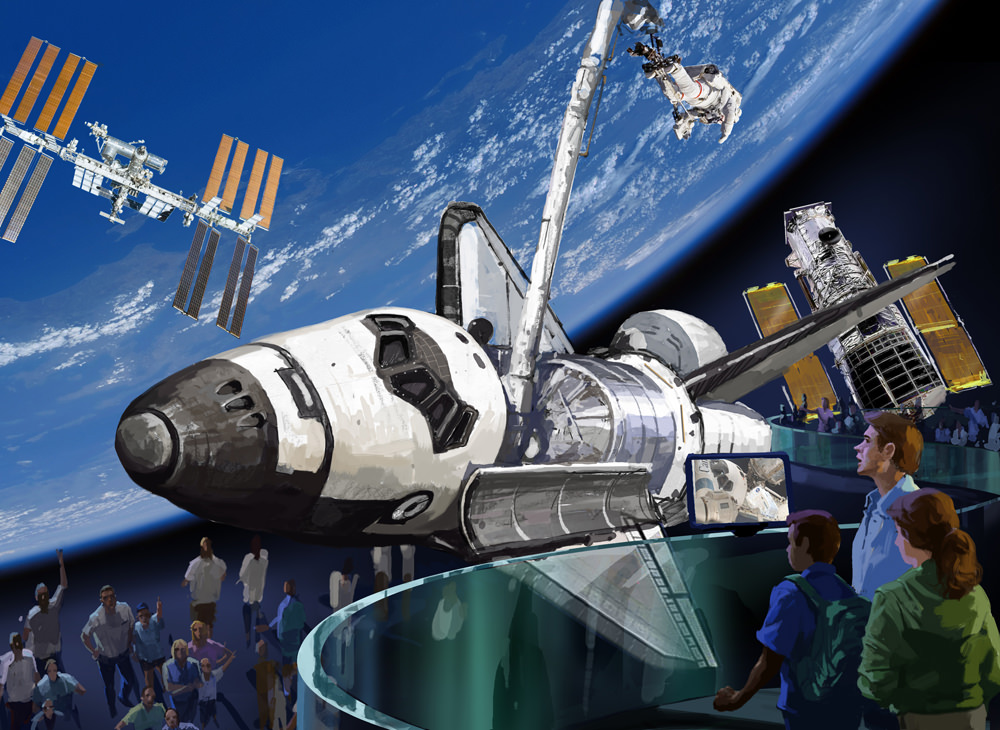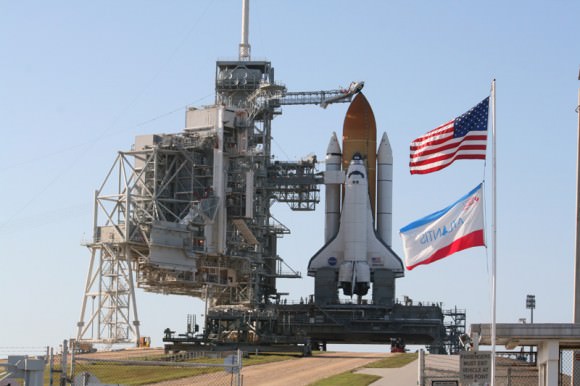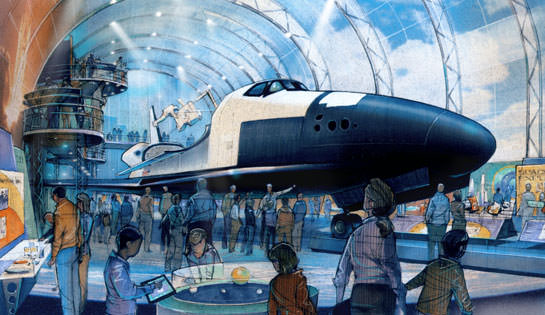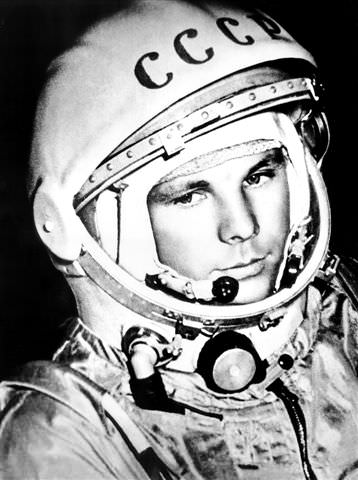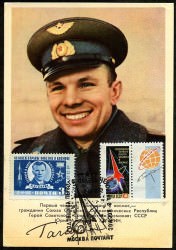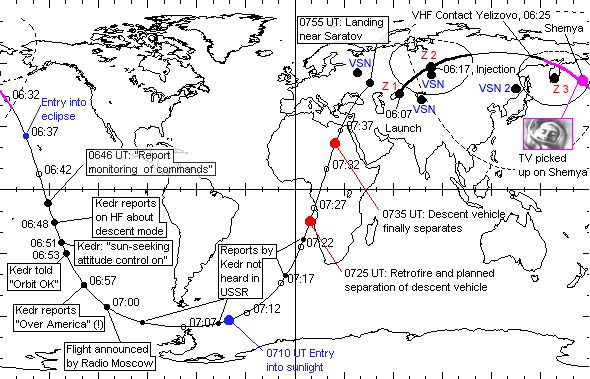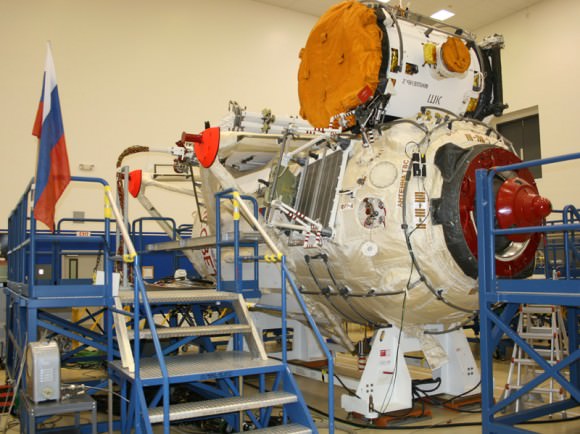[/caption]
President Barack Obama and the entire First Family apparently plan to attend the final launch of Space Shuttle Endeavour, according to government officials and multiple news outlets. Endeavour is slated to blast off on the STS-134 mission next Friday, April 29 from the Kennedy Space Center (KSC) in Florida at 3:47 p.m. EDT.
There has already been intense drama surrounding the STS-134 mission because it is being commanded by Mark Kelly. Kelly is the husband of U.S. Congresswoman Gabrielle Giffords of Arizona who was critically wounded by gunshots to her head at point blank range during an assassination attempt while attending a meet and greet with her constituents on Jan. 8, 2011. Six people – including a nine year old girl and a federal judge – were killed and a dozen more were wounded that awful day.
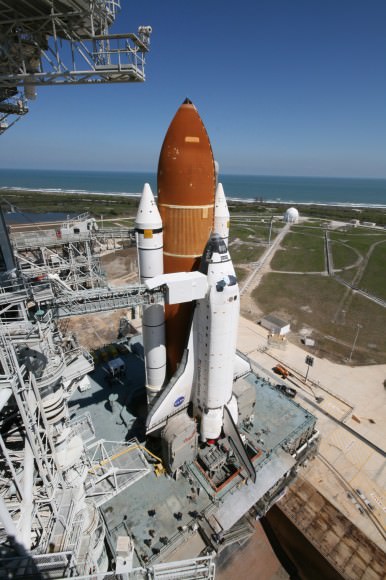
The Presidents appearance at the STS-134 launch will almost certainly lead to skyrocketing interest, but has not yet been officially announced by NASA and the White House. The event is not yet listed on the presidents official schedule.
However, a tweet by the staff of Congresswoman Giffords on her official website states Obama will attend; “We are very happy that Pres. Obama is coming to Mark’s launch! This historic mission will be #Endeavours final flight.”
NASA spokesman Allard Beutel told me today, “I cannot confirm whether the president will be coming to launch next week. If he’s coming, which I can’t confirm, we are a White House agency.”
“We always welcome a visit from the President,” Beutel said.
Security is always tight at KSC during a shuttle launch. A visit by President Obama will certainly lead to even tighter security controls and even more massive traffic jams.
Giant crowds were already expected for this historic final spaceflight of Space Shuttle Endeavour, NASA’s youngest Orbiter, on her 25th mission to space.
Endeavour is carrying the $2 Billion Alpha Magnetic Spectrometer (AMS) ) on a 14-day flight to the International Space Station, a premier science instrument that will collect cosmic rays, search for dark energy, dark matter and anti matter and seeks to determine the origin of the Universe. See my photo below of the AMS from inside the Space Station Processing Facility (SSPF) at KSC with the principal investigator, Nobel Prize winner Prof. Sam Ting of MIT.
NASA Administrator Charles Bolden just announced that Endeavour will be displayed at the California Science Museum following her retirement from active flight service upon landing.
President Obama last visited KSC on April 15, 2010 and gave a major policy speech outlining his radical new human spaceflight goals for NASA. Obama decided to cancel NASA’s Project Constellation ‘Return to the Moon’ Program and the Ares 1 and Ares 5 rockets. He directed NASA to plan a mission for astronauts to visit an Asteroid by 2025 and one of the moons of Mars in the 2030’s. Obama also decided to revive the Orion crew module built by Lockheed Martin, which is now envisaged for missions beyond low earth orbit (LEO), and invest in development of new commercial space taxis such as the Dragon spacecraft by SpaceX for transporting astronaut crews to the ISS.
Spokesman Beutel said that during the April 2010 visit, “The President met with space workers.” He could not comment on details of the president’s plans for the STS-134 visit and said information would have to come from the White House.
The last time a sitting president watched a live human space launch was in 1998 when then President Bill Clinton attended the blastoff of the return to space of Astronaut and Senator John Glenn. Glenn was the first American to orbit the Earth back in 1962. Glenn’s first flight took place a little over a year after the historic first human spaceflight by Soviet Cosmonaut Yuri Gagarin on April 12, 1961- which occurred exactly 50 years ago last week.
Congresswoman Giffords is recovering from her wounds and Shuttle Commander Kelly has said that she would like to attend the STS-134 launch. But no official announcement about her attendance has been made by NASA and depends on many factors including decisions by the doctors treating her in a Houston area hospital.
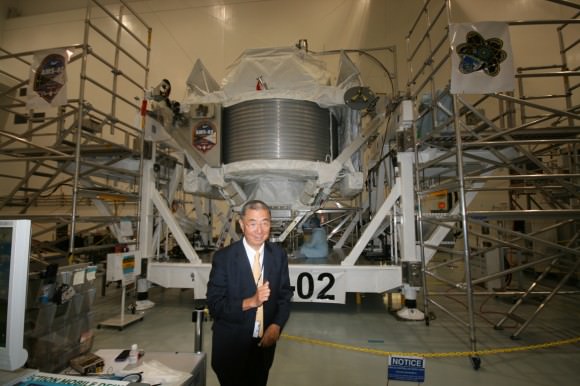
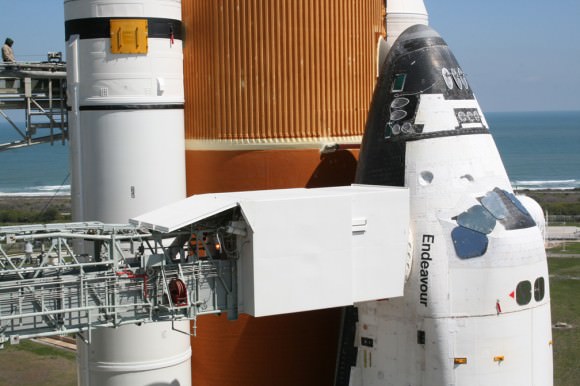

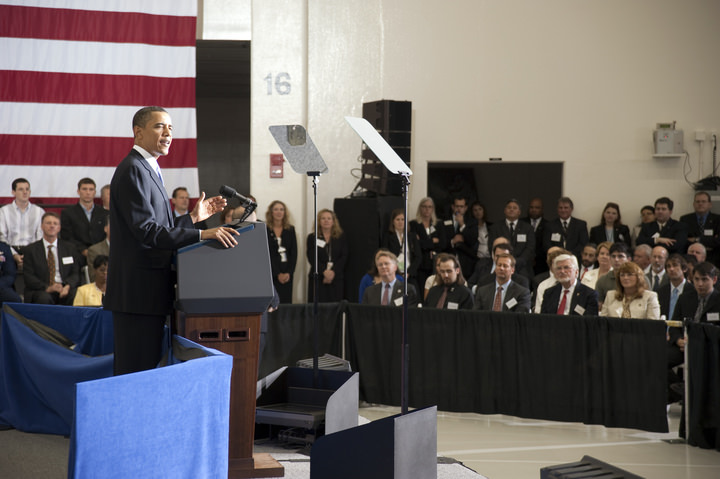
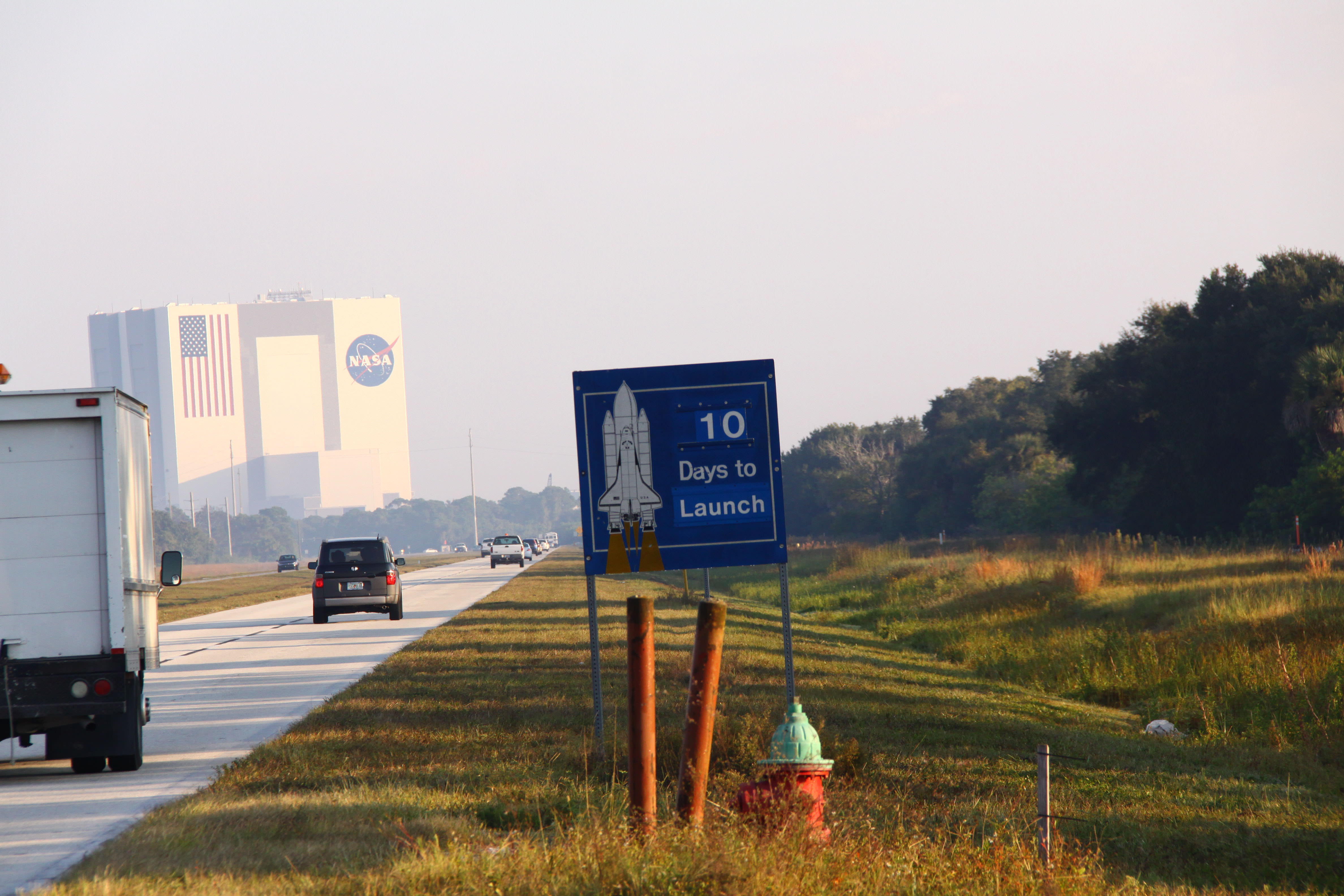
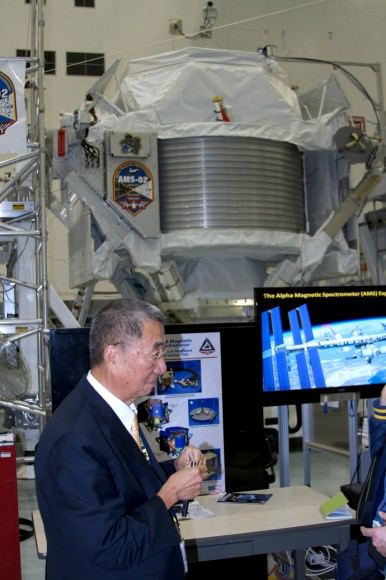
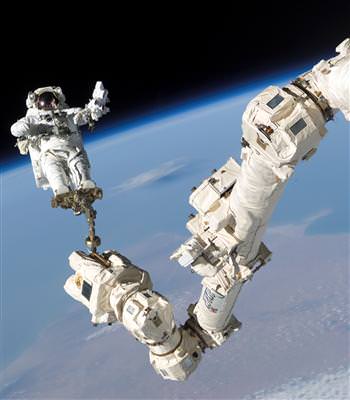
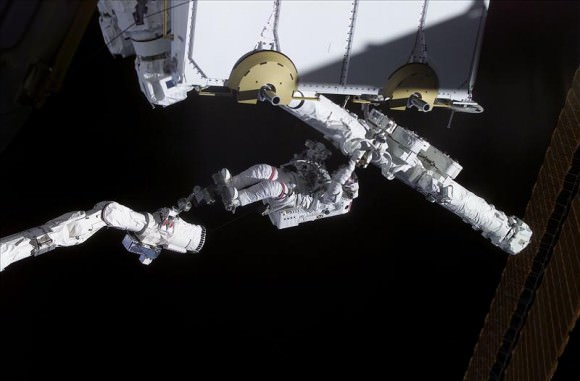
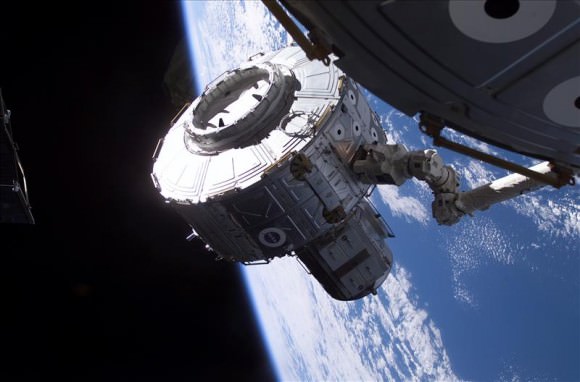
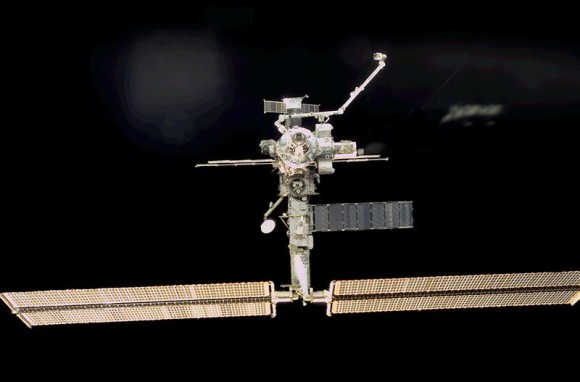
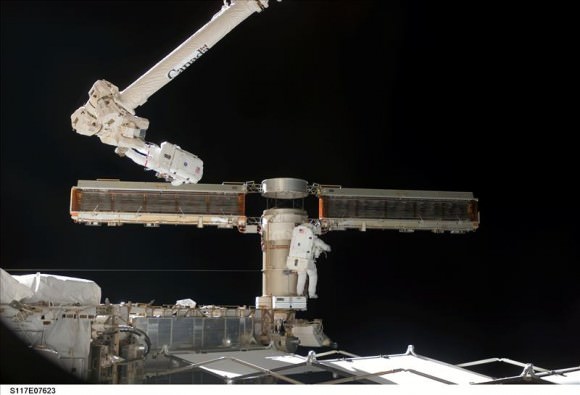
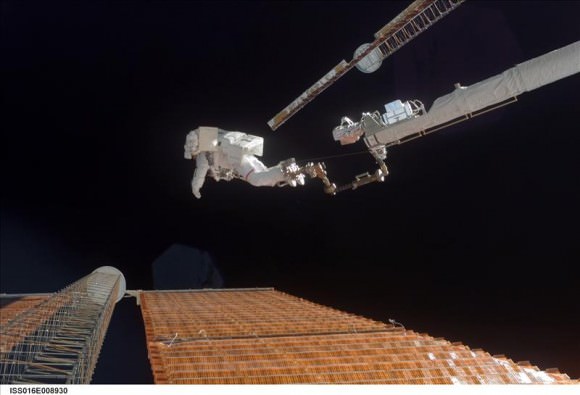
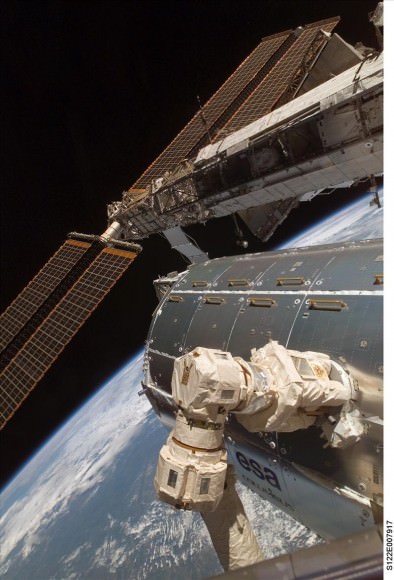
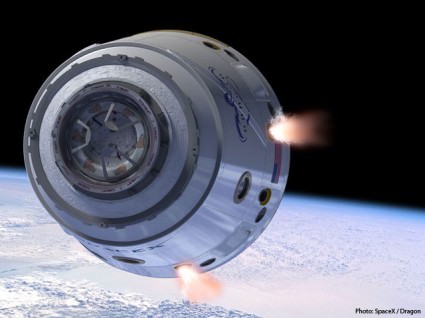
![SNC_Dream_Chaser_KSC_Launch[1]](https://www.universetoday.com/wp-content/uploads/2011/04/SNC_Dream_Chaser_KSC_Launch1-580x464.jpg)

